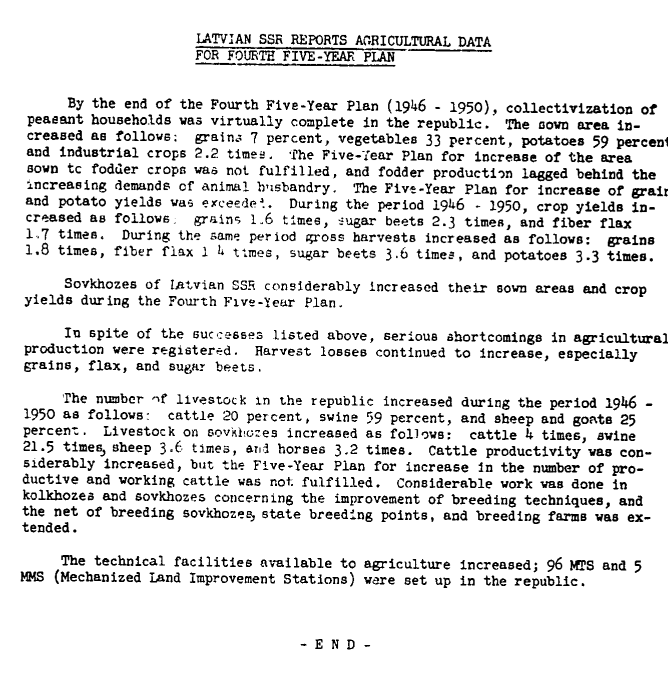Sidebar
Baltic SSRs
From *[Human Rights in the Soviet Union](https://cloudflare-ipfs.com/ipfs/bafykbzaceazdmtb2y3qq27fve5ib3gk7uv2unt6ae2xss74xmfpur7k5uhl5m?filename=Albert%20Szymanski%20-%20Human%20Rights%20in%20the%20Soviet%20Union_%20Including%20Comparisons%20with%20the%20U.S.A.-Zed%20Books%20Ltd.%20%281984%29.pdf)* by Albert Szymanski. Statistics are from between 1965 and 1979. General: - All three Baltic SSRs had a higher income per capita than the RSFSR or the all-Union average. Estonia and Latvia were also higher than Russia in terms of income per adult. - Latvia and Estonia had more doctors per capita and per adult than the RSFSR or USSR average. - Estonians were overrepresented by 17% in the amount of scientific workers. Education and language: - The number of students in all levels of education doubled in Latvia from 1914 to 1978, increased 140% in Estonia, and increased 420% in Lithuania. - Estonia had the highest expenditure per student of any Soviet republic, almost 12% higher than the USSR average. - Estonia and Latvia had the most books published per speaker in their languages of any republic. Lithuania was also higher than any non-Baltic republic besides Russia. - Citizens of any republic could go all the way through college taking classes in their native language. - All three Baltic SSRs had a higher percentage of newspapers published in their languages than the percentage of their main nationality in the republic.
 wp.me
wp.me
In the 1950s [the C.I.A. admitted that](https://web.archive.org/web/20170124013011/https://www.cia.gov/library/readingroom/docs/CIA-RDP80-00809A000700030490-3.pdf), although a planned increase of the area sown to fodder crops was unfulfilled, and their fodder production still lagged behind animal husbandry’s increasing demands, the Latvian Soviet Socialist Republic’s Sovkhozes considerably increased their sown areas and crop yields during the Fourth Five-Year Plan; they increased livestock as well.